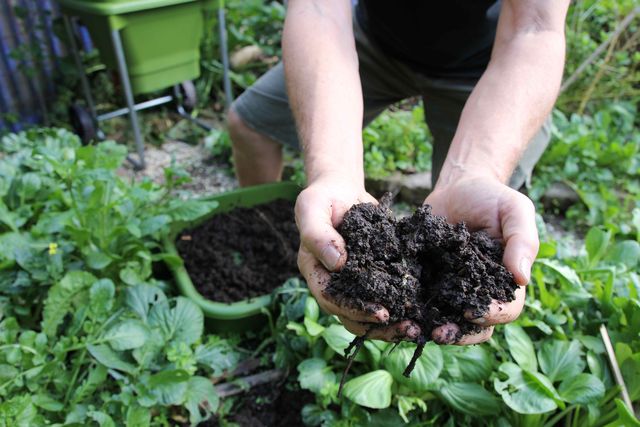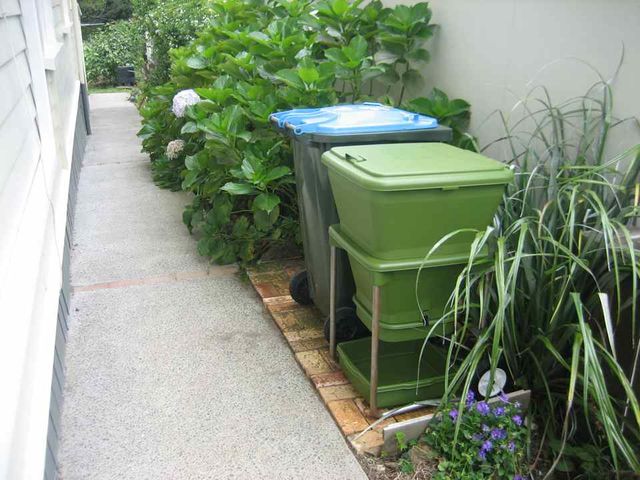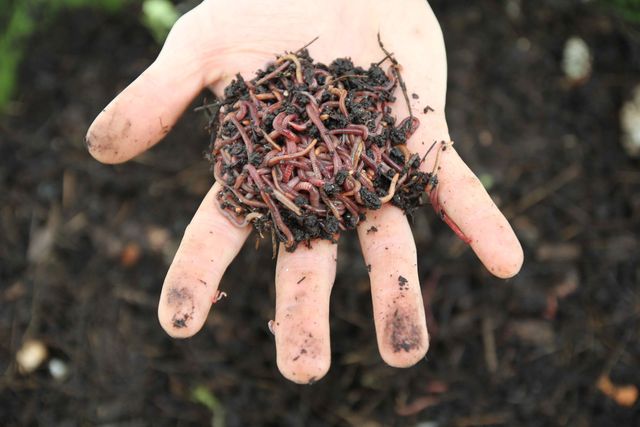Organic waste
Organic waste is a big and expensive problem.

In most Western cities food waste makes up almost half of the waste stream. Food waste is expensive to collect, transport and dispose of. Even using a waste disposal unit requires a lot of water, and creates a burden on the sewerage system. When organic waste breaks down in a landfill, it generates methane, a powerful greenhouse gas. Once it is buried, the nutrients contained in food scraps are lost to the environment, and cannot be reused.
One of the best solutions is to compost organic waste on-site, reducing handling and transport costs, and preventing valuable nutrients from being lost.
Hungry bin is one of the most efficient ways to compost, and definitely one of the easiest compost systems to use.

Compost no longer has to be banished to the back of the garden. You can keep your hungry bin right where you'd keep your other rubbish bins. Because hungry bin does not smell or attract vermin, you can keep it in a convenient location where it suits you.

About compost worms
The secret to hungry bin is the worms it is designed to use.
Compost worms are different from common garden worms that live in soil. Unlike earthworms, compost worms do not make burrows in the soil, but live in the surface layer (the top 30cm or 12 inches). They have evolved to eat rotting plant matter on the forest floor, and are perfectly suited to break down food waste.
The compost they produce is pH neutral, and contains many of the most important trace elements for healthy plant growth. Compost worms are generally smaller than earthworms. A compost worm can eat its weight in food a day!


